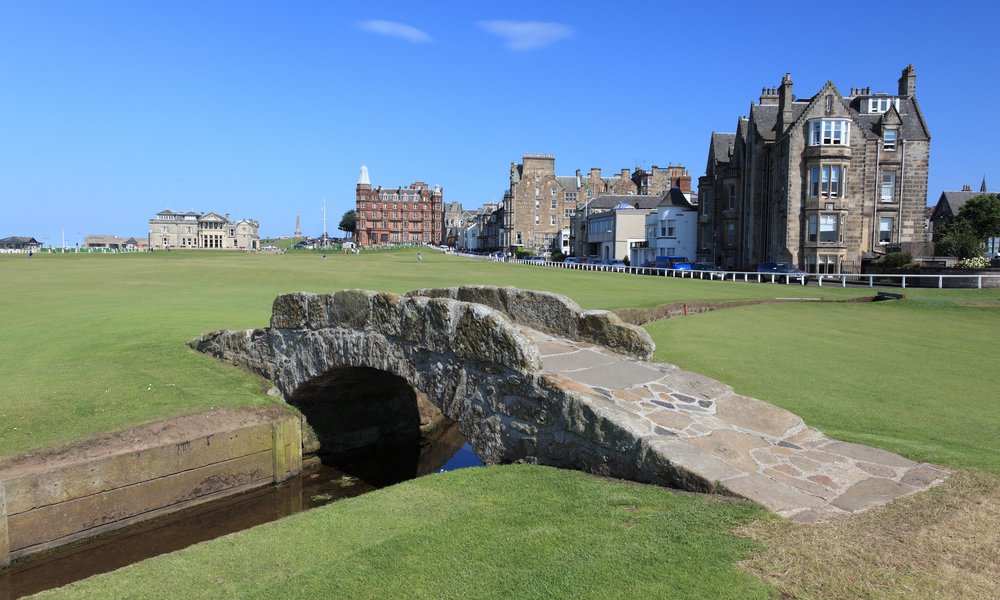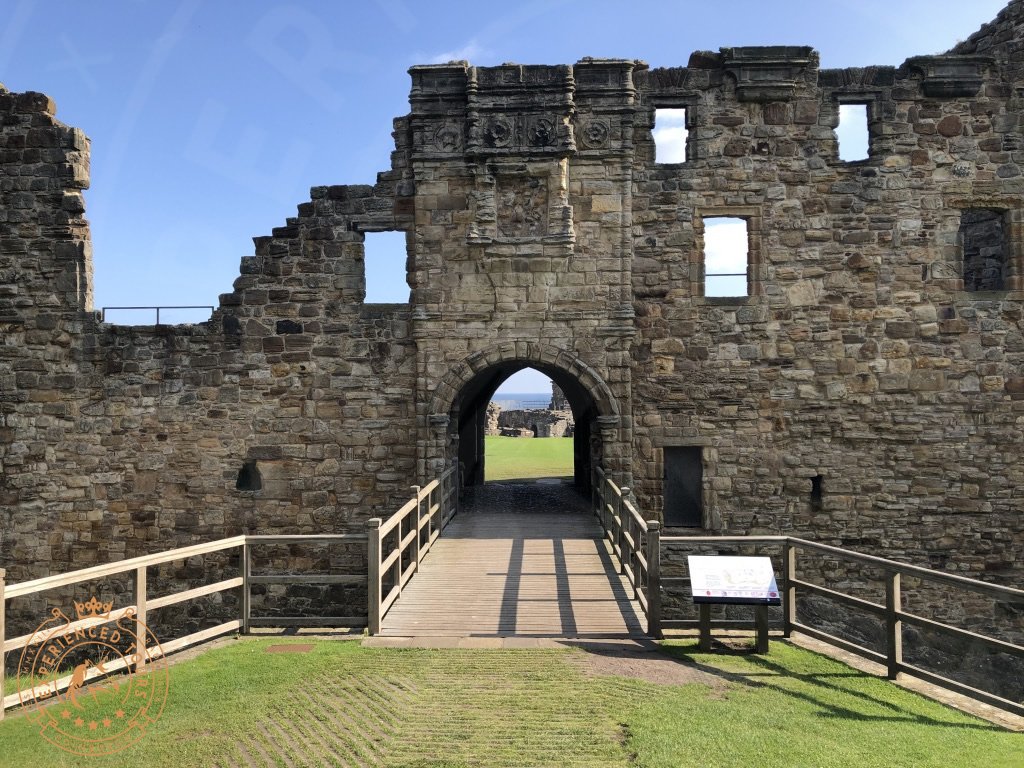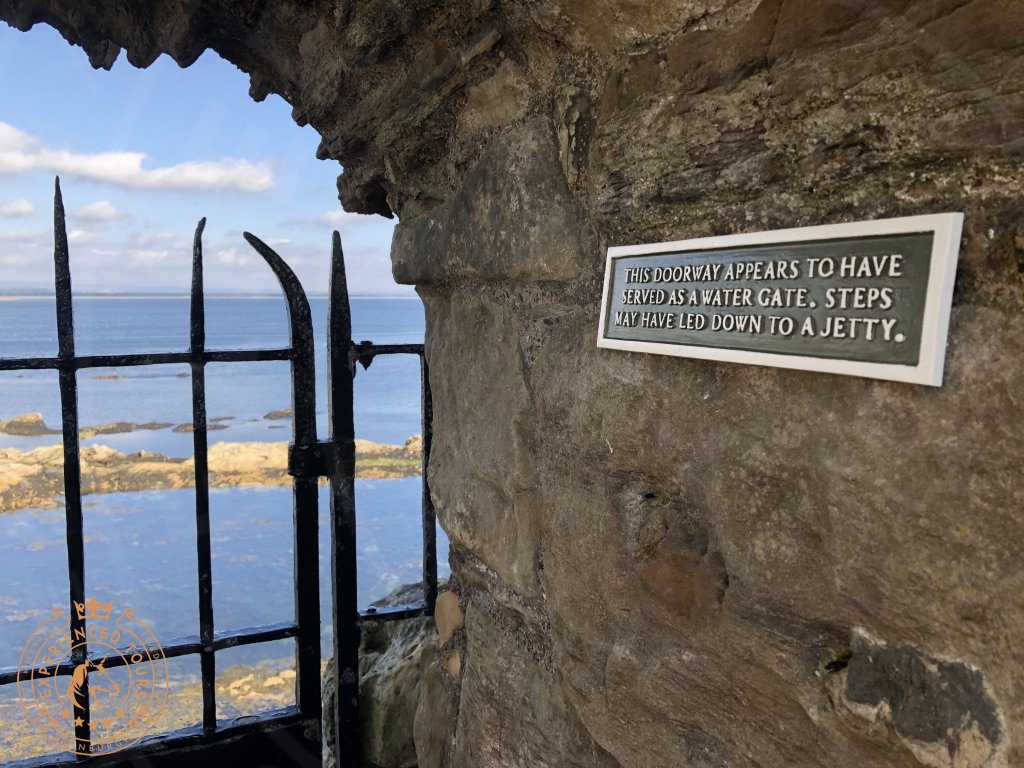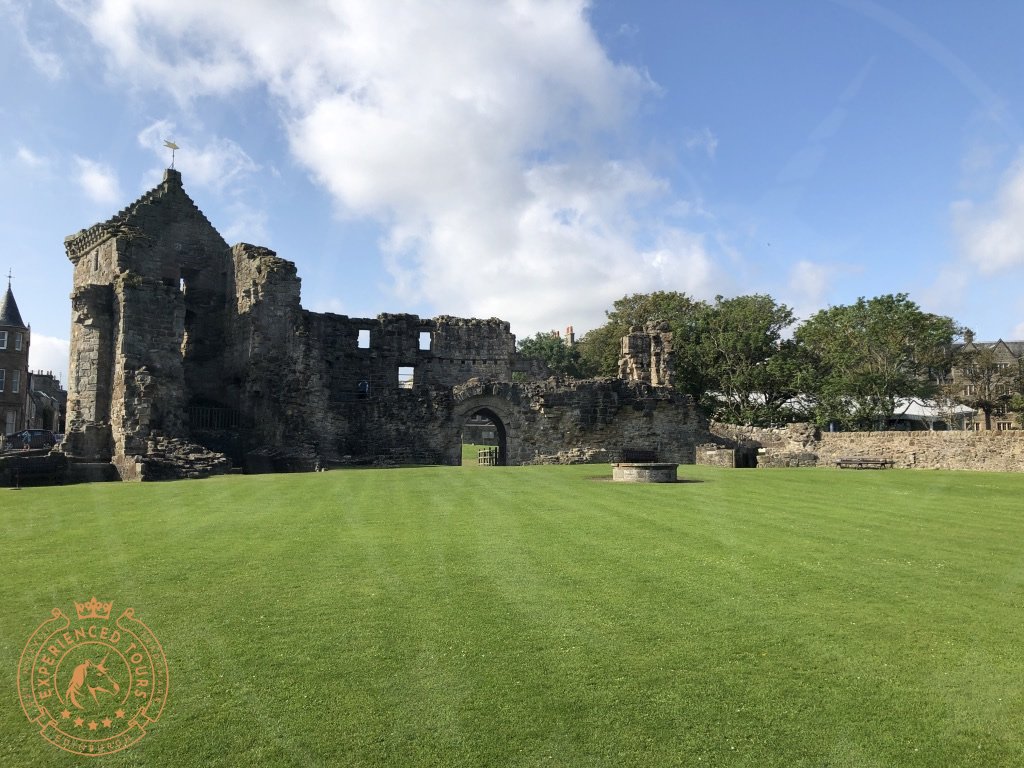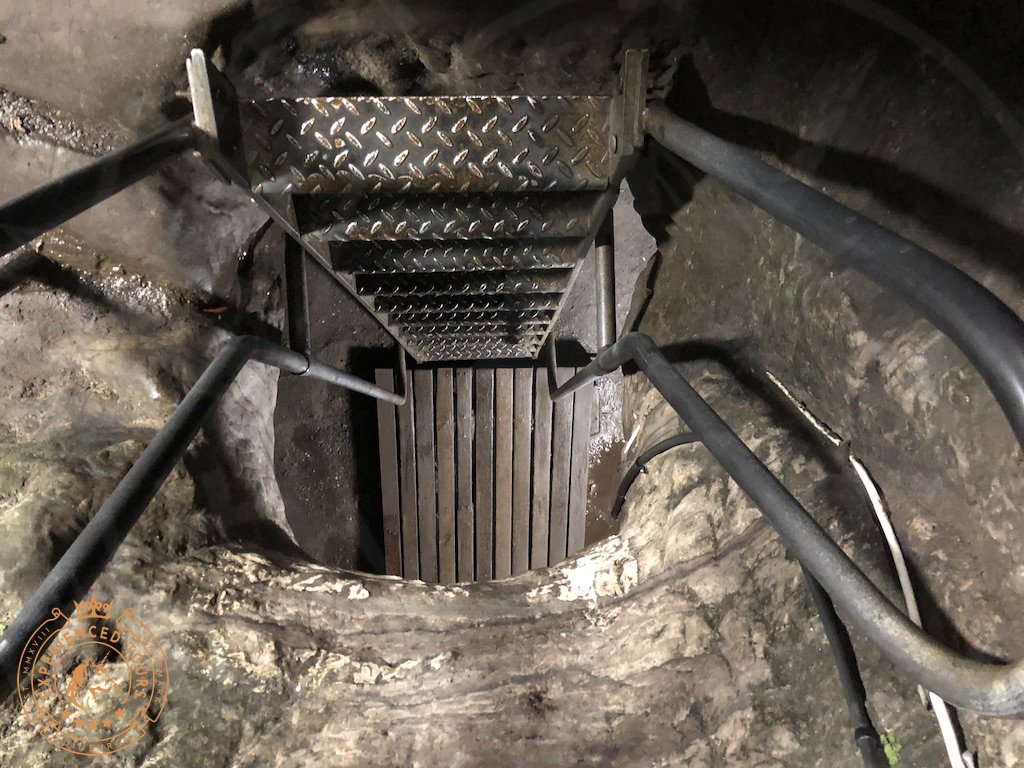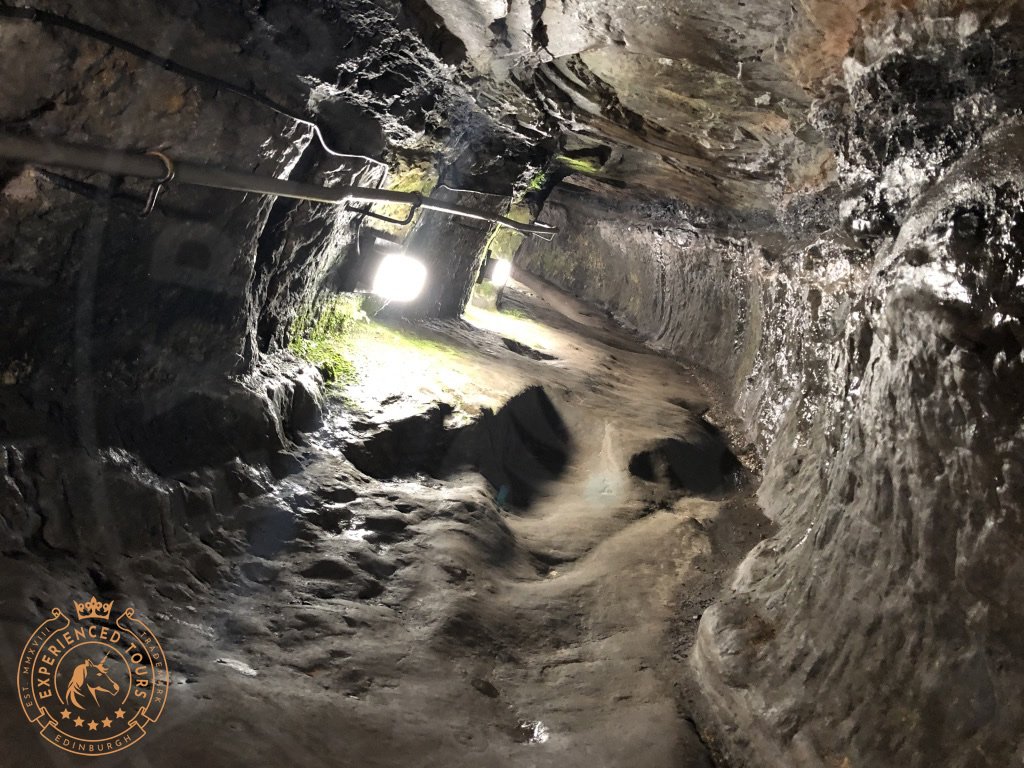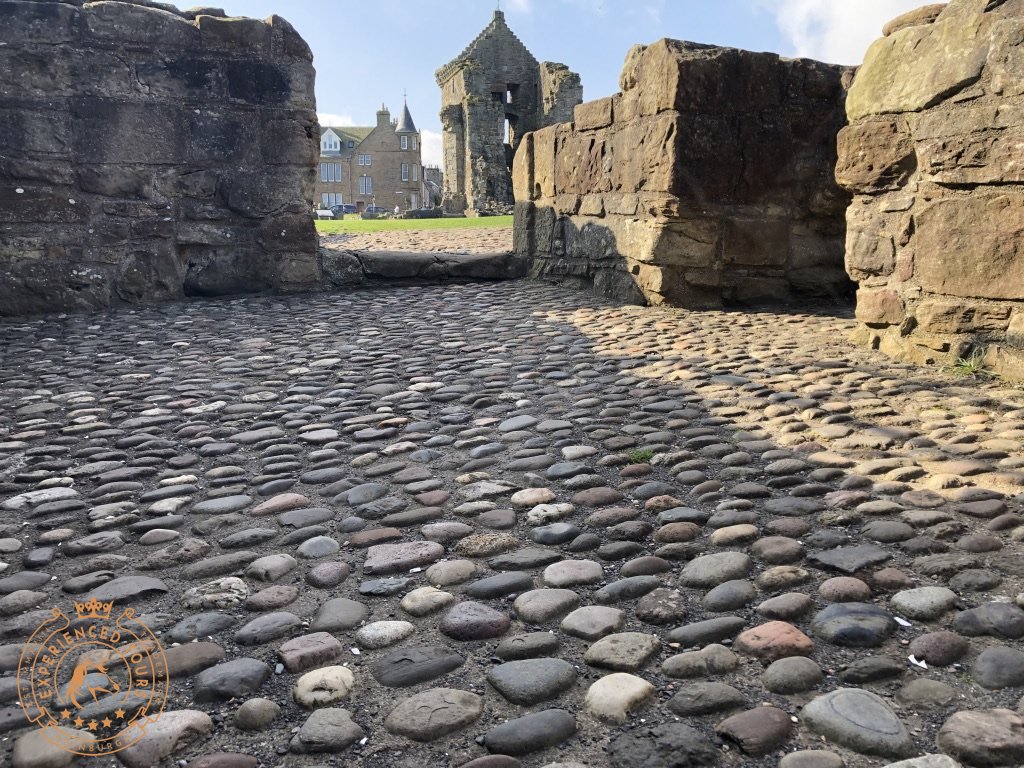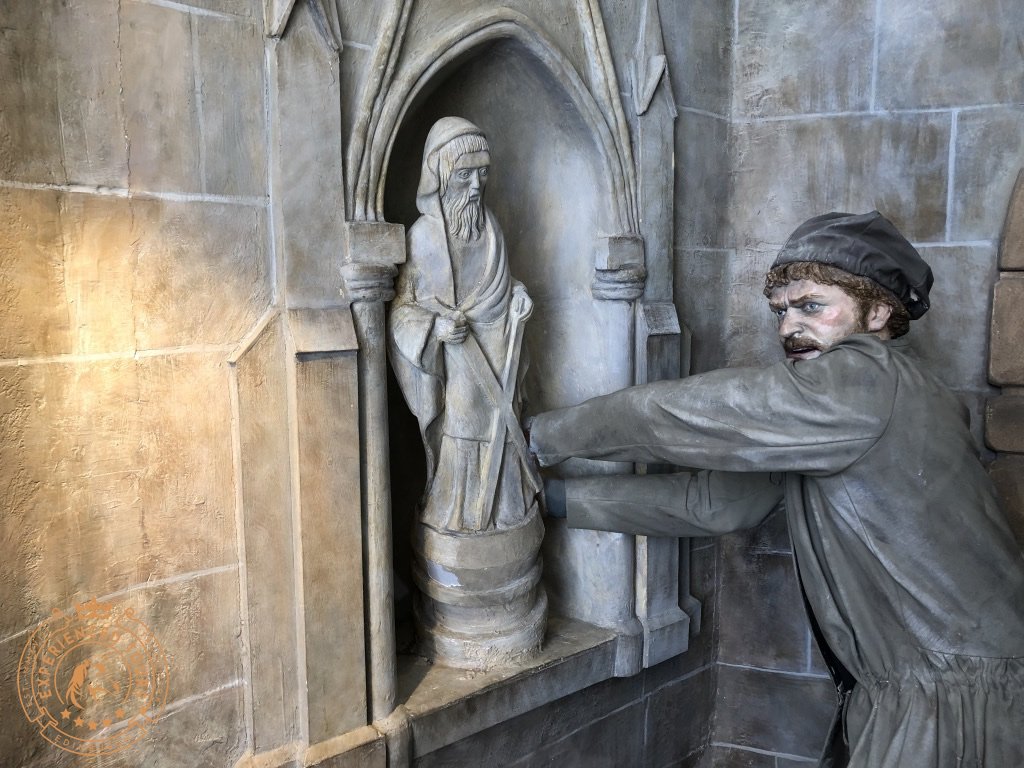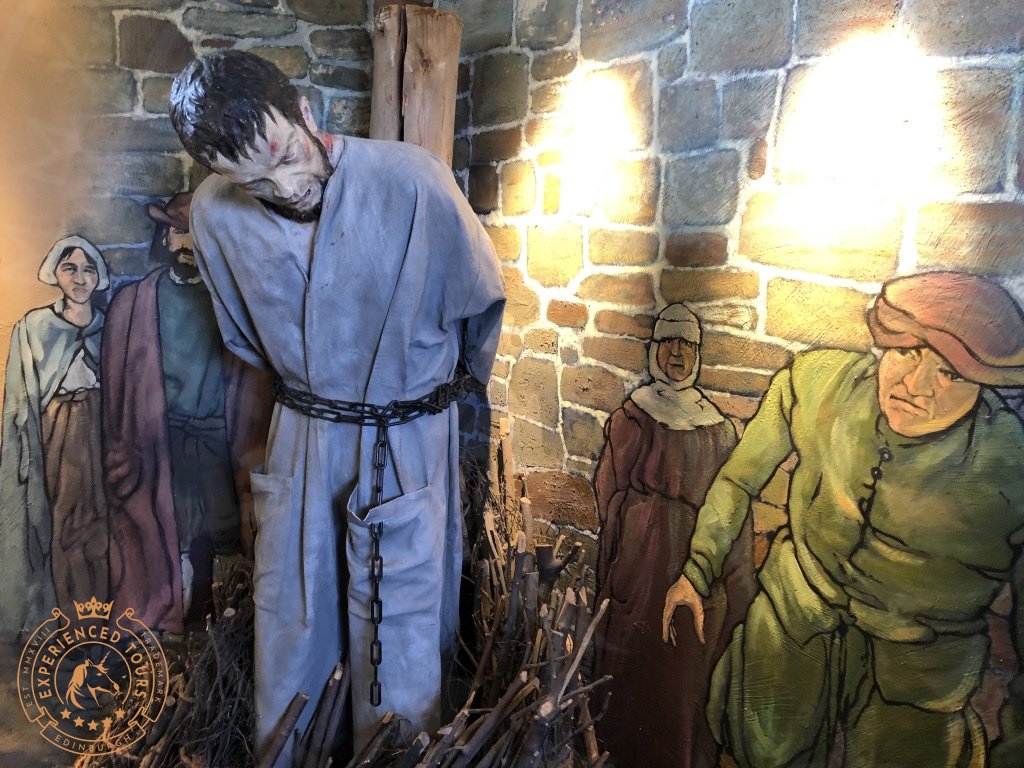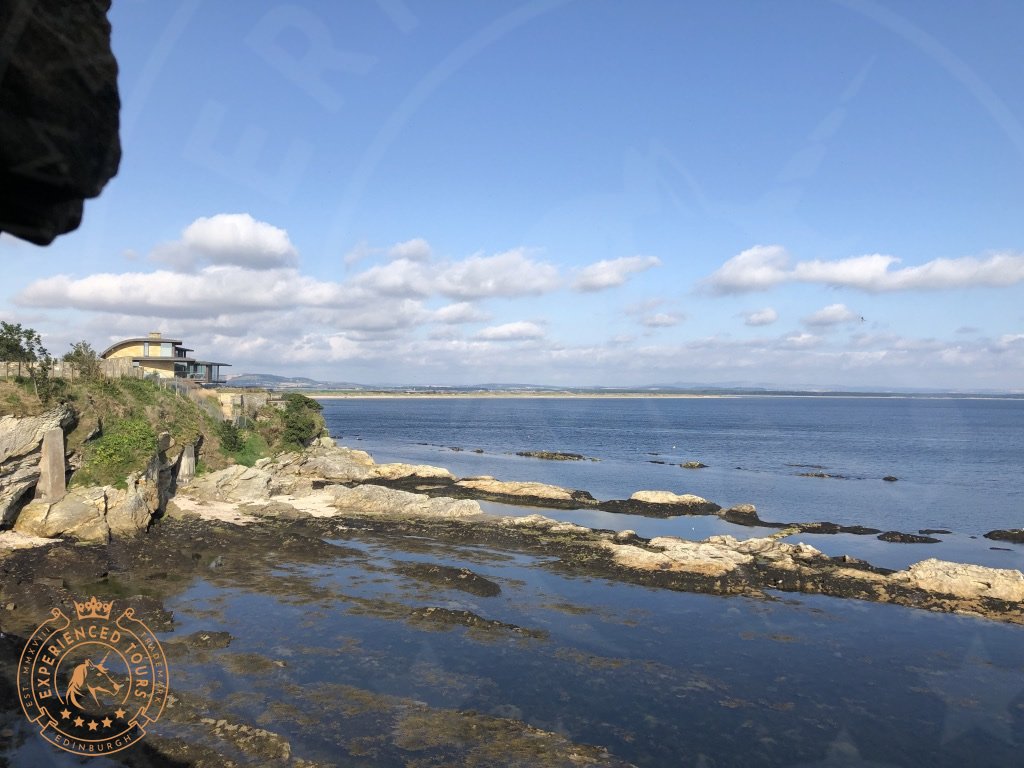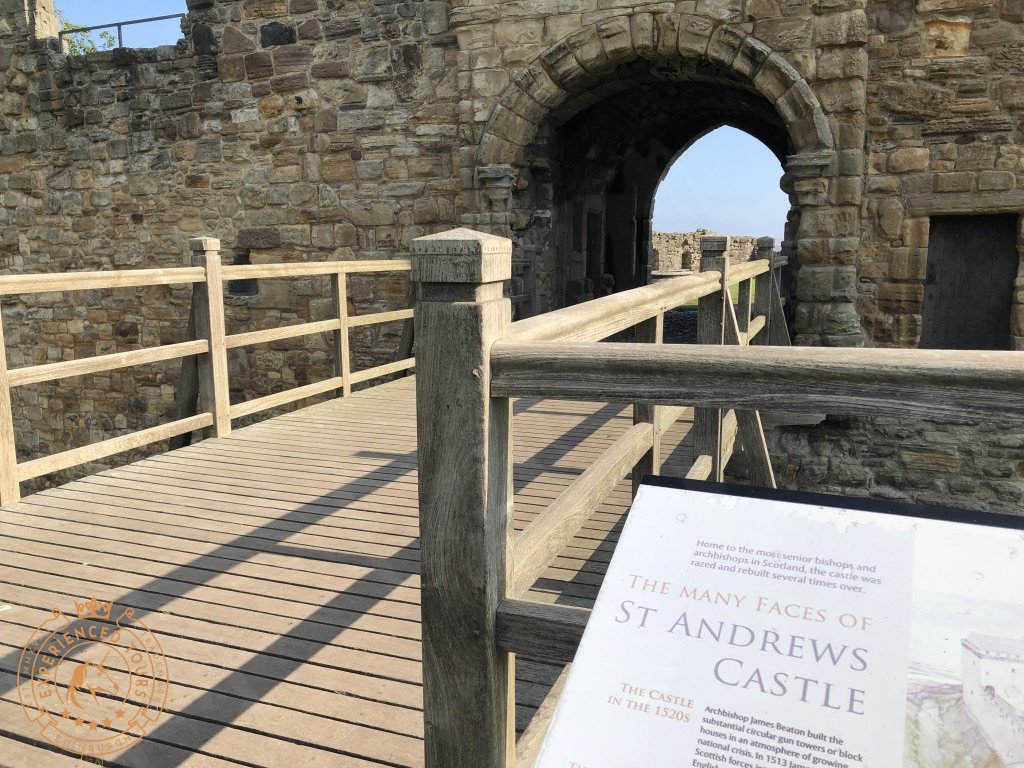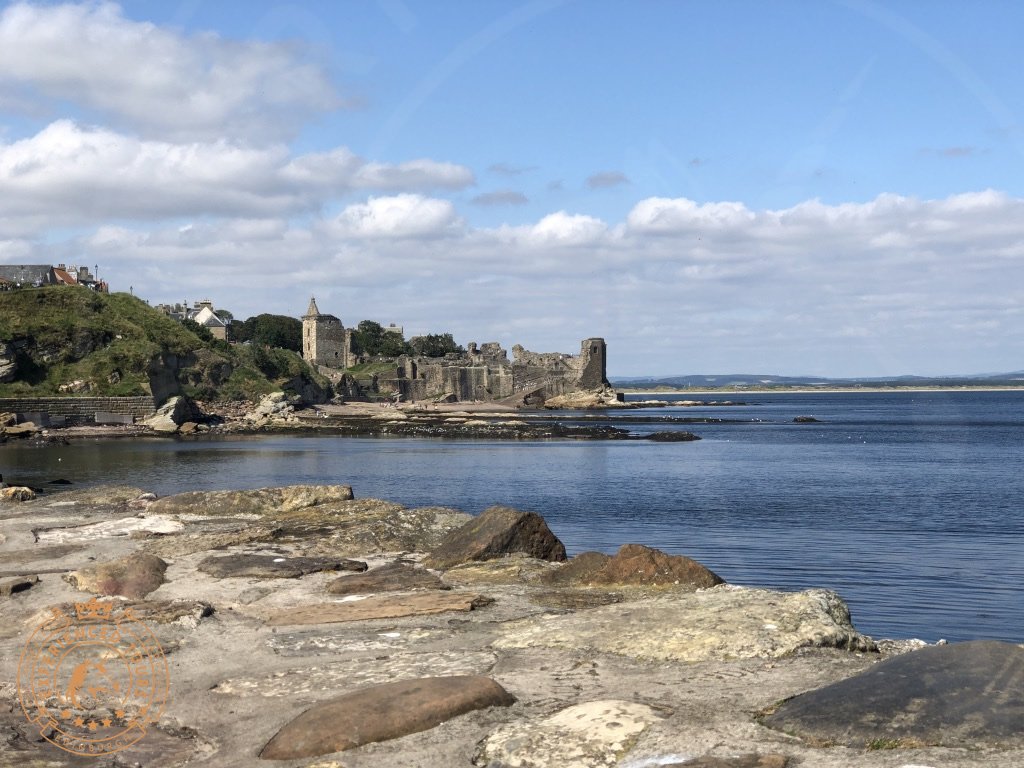St Andrews Castle
The now ruined castle in the middle of St Andrews saw more than its share of action throughout its 500 year history. The home of the bishops of Scotland, the castle was also saw visits from King Robert the Bruce in the 1300s and Protestant reformer John Knox who lead Scotland through the reformation in the 1500s.
In 1160 Bishop Arnold began building the new St Andrews cathedral nearby on an unprecedented scale, which would go on to become the largest cathedral in Scotland and one of the largest in Europe. At the same time Bishop Roger began the new castle as his official residence.
During the wars of Scottish independence and following the Sack of Berwick, St Andrews Castle suffered heavy damage and had to be re-built. Its significance as a religious location but also garrisoned fortress meant it was of particular interest to the English army. However after their heavy defeat at Bannockburn in 1314, the castle once again returned to Scottish and religious control.
By the time of the reformation, St Andrews religious importance again gave it significant focus. In April 1547, whilst the castle was under the control of the Protestants, a French fleet of galleons appeared at the castle and besieged it, causing heavy damage and rendering it indefensible. The Protestant leaders were arrested by the insurgents and many were imprisoned or killed, including the leader of the reformation John Knox, who spent time in the castles jail.
Although the castle was once again reconstructed after the turbulent reformation period had passed, by the 1600s St Andrews castles importance dwindled. Its Archbishopcy was removed and it was passed to the Earl of Dunbar who presided until 1689 when wide-ranging changes lead by King William of Orange removed it of purpose and it was allowed to fall into disrepair.
Interestingly, the local council took custodianship of the castle and ordered much of its stone was to be used to construct the new sea wall at St Andrews harbour. This makes St. Andrews castle odd in that it was recycled for a modern purpose rather than becoming derelict and looted, as was the fate of many of its counterparts.
A visit to St Andrews castle is not complete without venturing into the mines or ‘siege passage’ underneath the castle. The tunnel is initially very tight and then opens into an underground cavern that gives an unrivalled appreciation of what it must have felt like to be inside the castle as it came under attack 500 years before.
St Andrews Castle
The Scores
St Andrews
Fife
KY16 9AR
www.historicenvironmentscotland.scot
Open annually
Private tours that visit this location:
